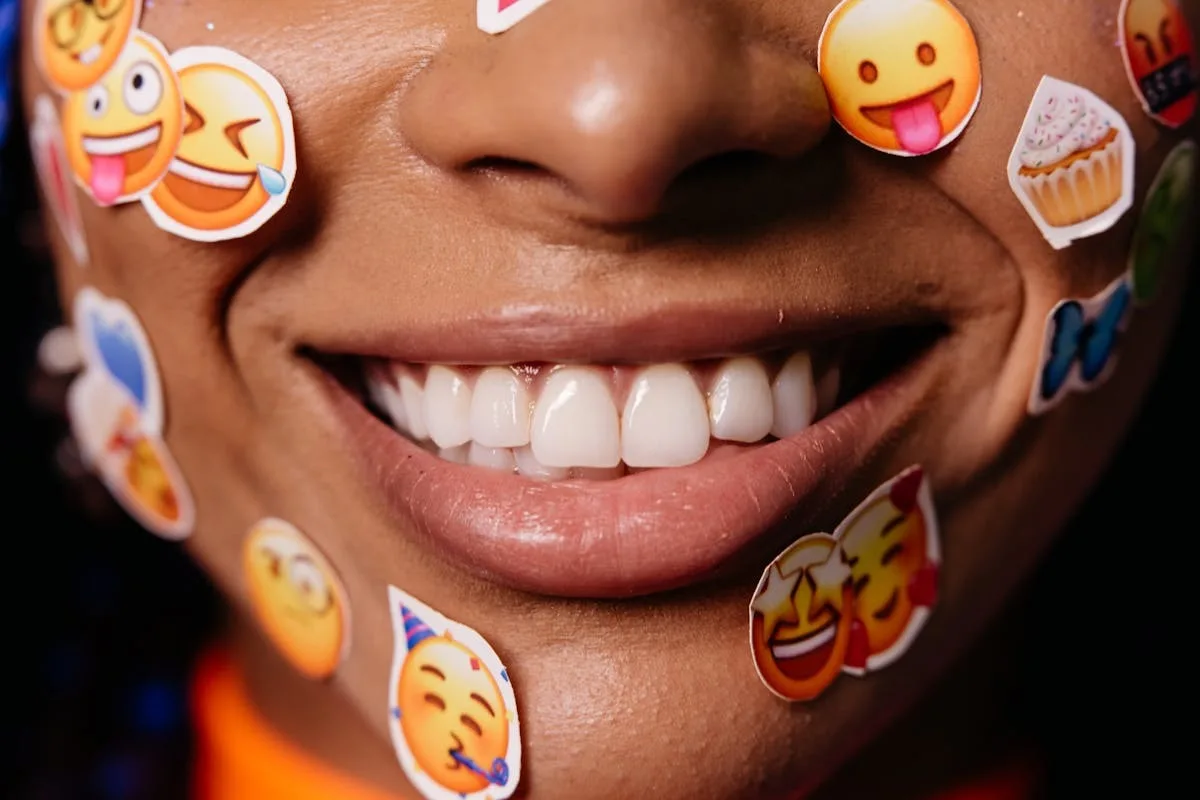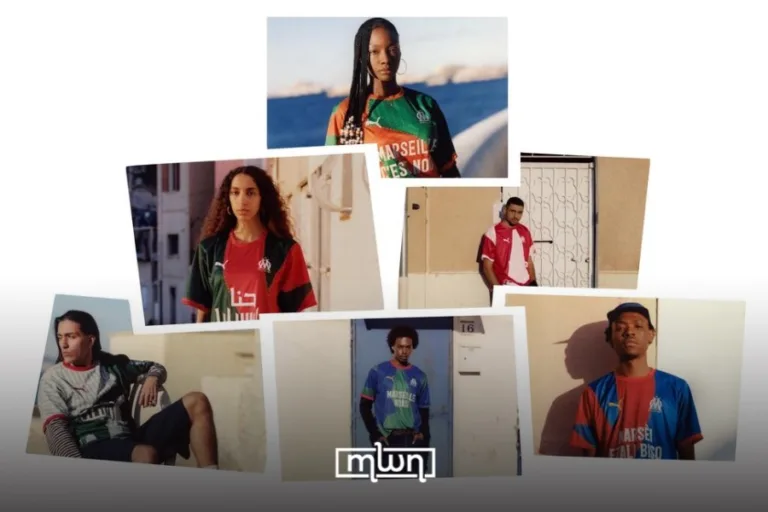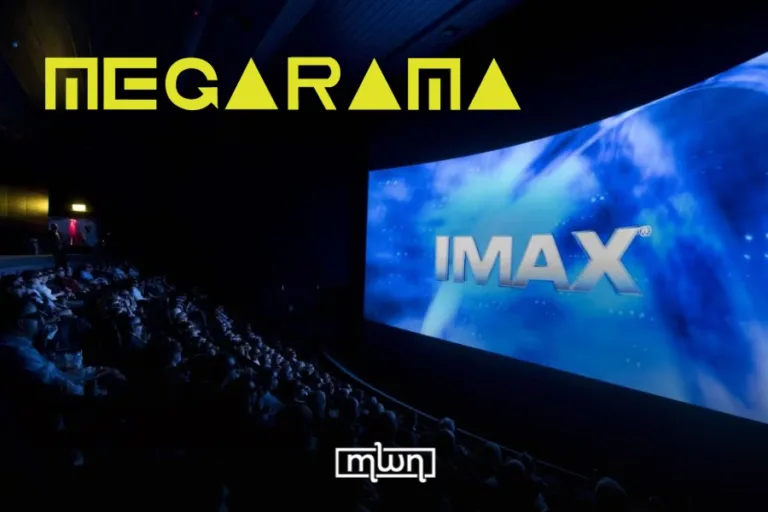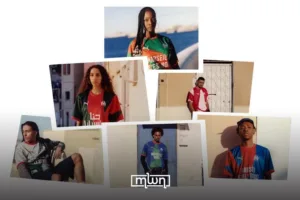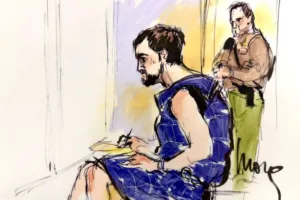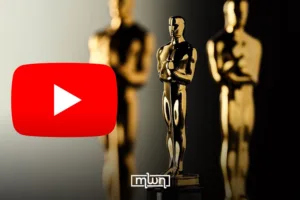Rabat – Ever received a real-life compliment and wished you could express yourself with an animated emoji? For many of us — constantly immersed in emojis, stickers, and reels — words sometimes feel like the last thing on our minds.
Communication is no longer confined to in-person interactions; it has evolved into multiple forms and platforms. Since the dawn of history, the ways we communicate have continuously evolved — from carrier pigeons to telegraphs to smartphones.
With the rise of social media, however, communication is taking yet another turn. Reels, stickers, and emojis are not just tools for expression anymore; they’re shaping how we connect and even how we interact in real life.
Instead of texting our friends, we often share reels we relate to. When we receive compliments, we respond with emojis or stickers instead of words.
Emojis are a powerful way to add emotional impact to text messages. Written words often lack the tone, facial expressions, or gestures that help convey meaning. This is where stickers and emojis step in to fill that gap, helping us avoid misunderstandings or confusion.
A study published in PLOS One found that people who include emojis in their texts feel closer, more satisfied, and more responsive in their interactions than those who don’t. It’s easy to see why — these little symbols can actually enhance relationships by adding warmth and personality that words alone sometimes miss.
Beyond that, stickers bring extra fun and creativity to online conversations. They can act as humorous reactions, realistic snapshots of situations, or even references to movie scenes and popular memes, which often serve as the perfect reply in just the right context.
These new forms of communication may be useful in digital communication. But how about real-life interaction?
Imagine someone whose communication is limited to social media — replying with emojis and using stickers to express emotions like sadness, joy, or comfort. Now, picture that same person in a real-life conversation. Will they be able to find the right words, or will they wish they could just send a sticker instead? We can’t say for sure, but it’s fun (and a little scary) to wonder if our online emoji habits are slowly creeping into how we talk face to face.
This is not just a passing trend, it might be slowly changing how we express ourselves offline. The more we lean on visual shortcuts online, the trickier it could get to connect meaningfully in face-to-face conversations.
Even reels play a part in how we interact offline; they add a little sprinkle of entertainment to conversations, making topics funnier and more relatable. Sometimes, all it takes is mentioning a meme or a viral reel for everyone to instantly get the reference. In a way, these bite-sized videos are another form of social shorthand, just like emojis and stickers, helping us connect and share moments more playfully.
This shows that stickers, emojis, and reels can influence real-life communication in both positive and negative ways. That’s why it’s important to find a balance between the two worlds. Digital tools don’t replace face-to-face interaction, they just add another layer to it.

